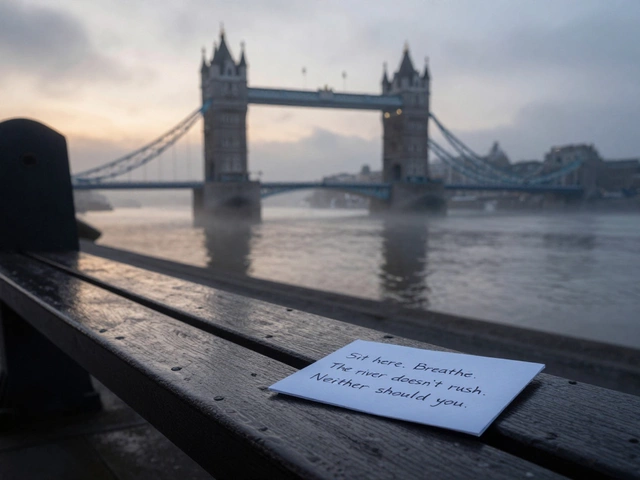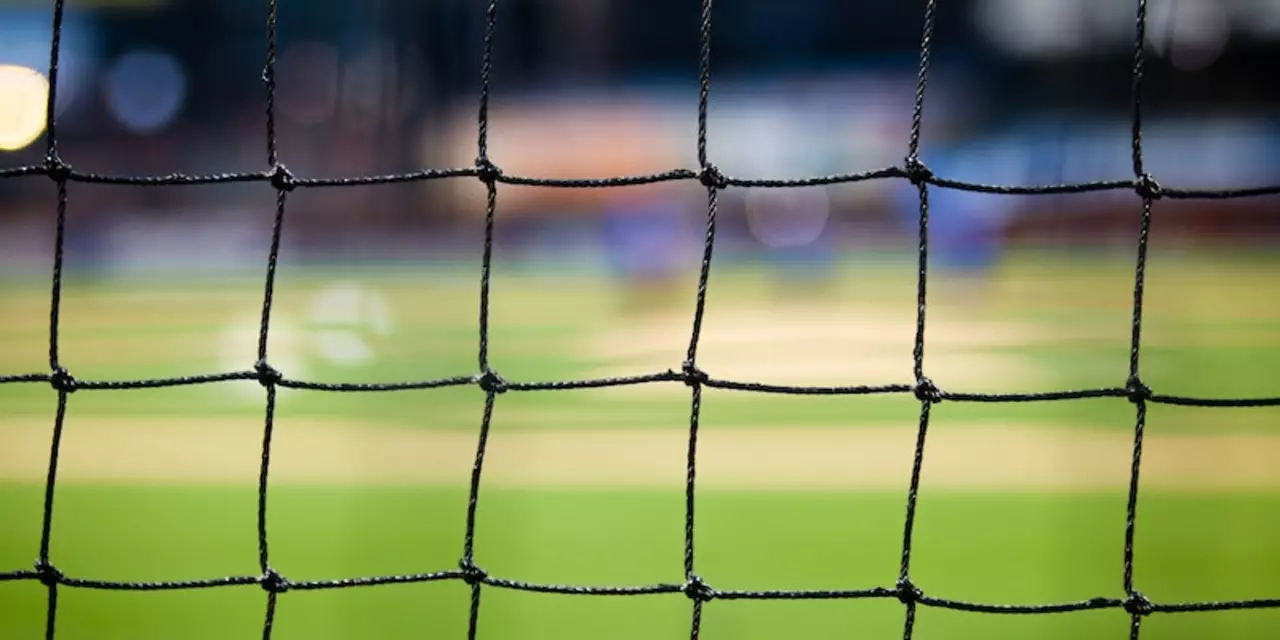Soccer Position: Understanding the Roles on the Pitch
When talking about a soccer position, a specific spot a player occupies during a match, defining their duties and area of play. Also known as football role, it shapes how teams attack and defend. Knowing your soccer position helps you grasp the game’s flow and what each player is expected to do.
One popular example is the left winger, a wide attacker who stretches the defense, delivers crosses and cuts inside to shoot. Another critical role is the goalkeeper, the last line of defense who protects the net, organizes the back line and starts play with distribution. The midfielder, the engine of the team, linking defense and attack, controlling tempo and covering lots of ground ties everything together. Together, these positions illustrate how a soccer position influences team shape and player responsibilities.
Why Knowing a Soccer Position Matters
Each position requires a unique skill set. A left winger needs speed, dribbling and crossing accuracy, while a goalkeeper relies on reflexes, positioning and communication. Midfielders must balance passing range, vision and stamina. Understanding these traits lets coaches design tactics, scouts evaluate talent, and fans appreciate the nuances of each role. For instance, articles in this collection explain what a left winger does, how to record a match for analysis, and even fun 3‑v‑3 formats that highlight positional flexibility.
When you grasp the core duties of each soccer position, you can better read the game, improve your own play, or simply enjoy the sport more fully. Below you’ll find a curated list of posts that break down specific roles, offer practical tips, and explore different ways to experience the beautiful game.
- By Colton Westwood
- /
- 27 Feb 2023
Which soccer position is mentally challenging?
Soccer is a game that requires players to use both physical and mental skills. Depending on the position, some require more mental effort than others. Goalkeepers, for instance, must always be alert and quick to react, while midfielders need to think ahead and plan their moves. Defenders need to anticipate the opponent's plays and defenders must be able to read the game and make effective decisions. All players need to be able to think on their feet and make quick decisions in order to be successful. Overall, soccer is a mental game as well as a physical one.



